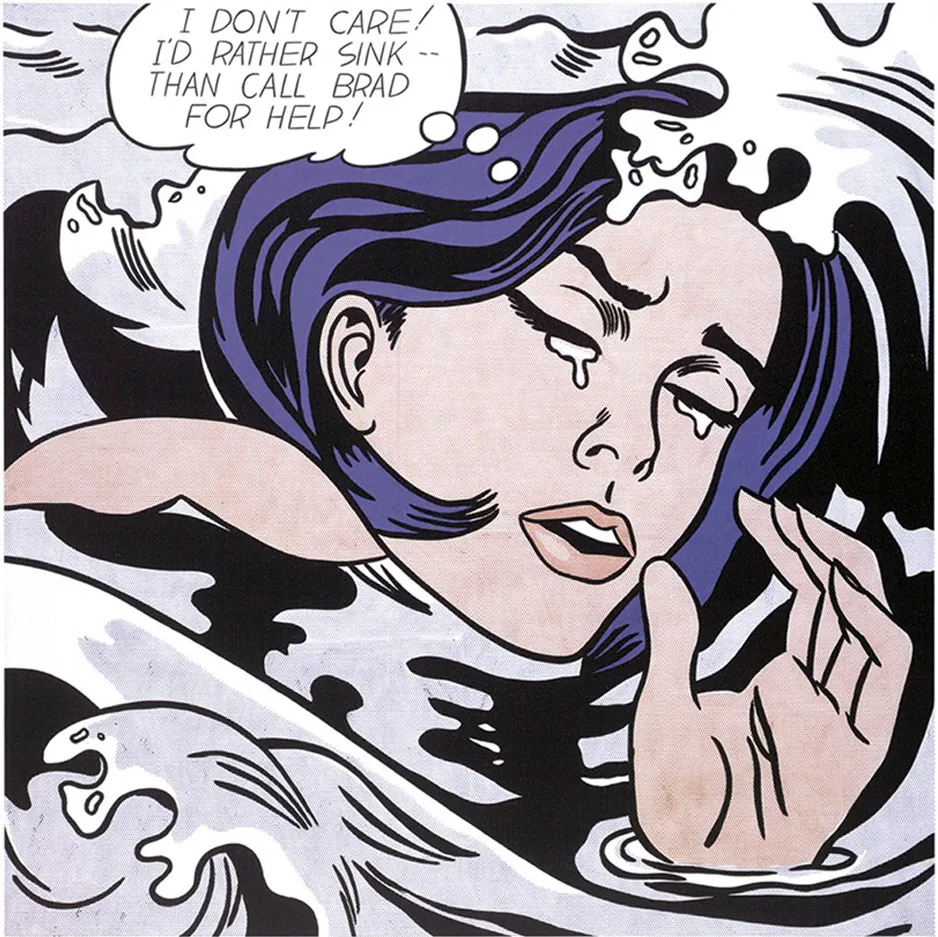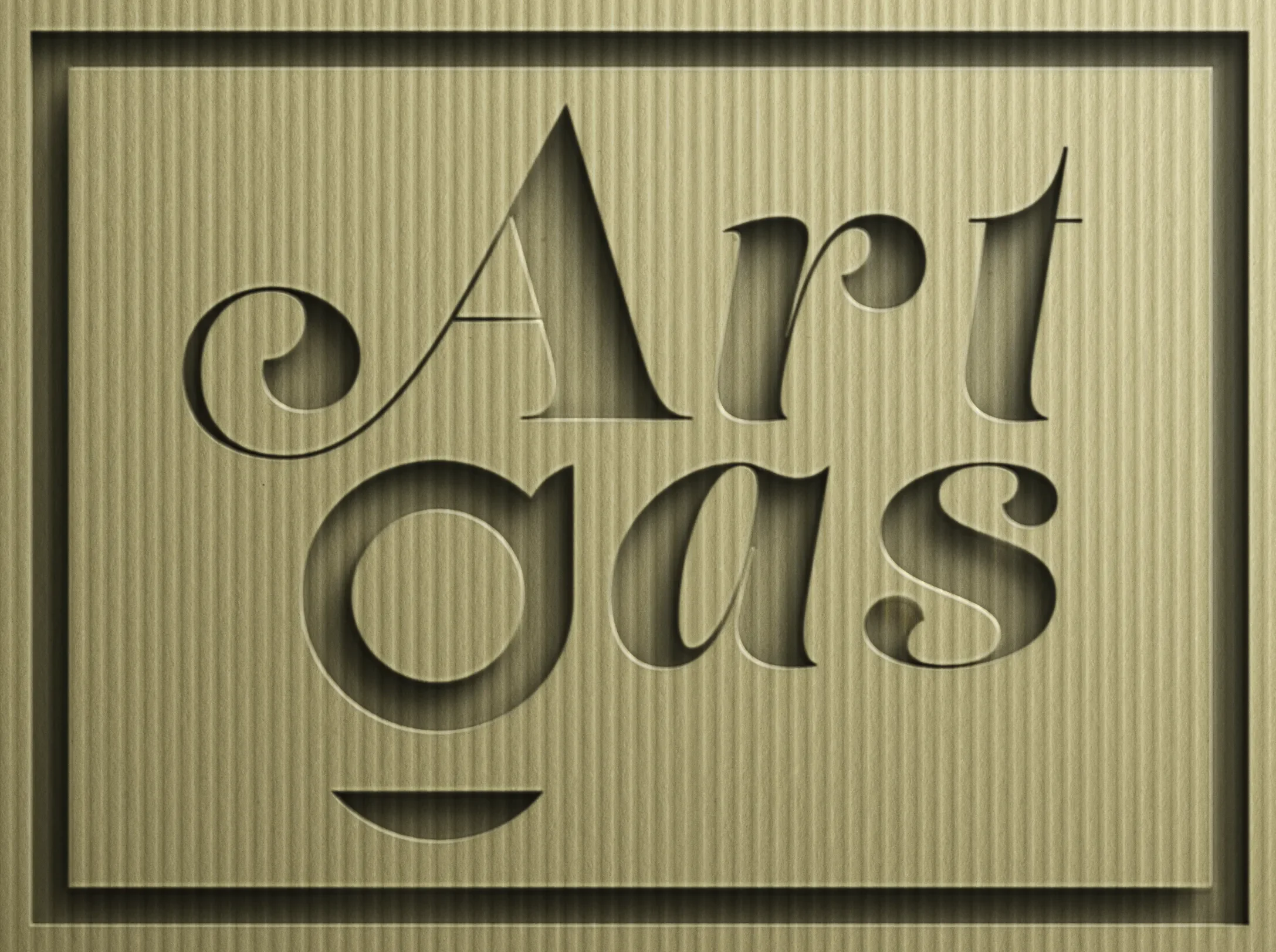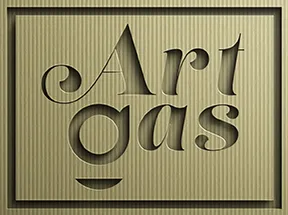The Vibrant World of Pop Art: A Comprehensive Exploration
Introduction
The Vibrant world of Pop Art, emerged as a a vibrant and impactful art movement, during the late 1950s and 1960s as a bold challenge to traditional fine art. This style is characterized by its vibrant colors, bold lines, and often an incorporation of commercial and mundane objects, transforming them into high art.
Historical Overview
Origins and Evolution
Pop Art first surfaced in Britain during the mid-1950s and quickly spread to the United States. It was in many ways a response to the then-dominant ideas of Abstract Expressionism, instead embracing mundane objects and icons from popular culture. Artists aimed to blur the boundaries between “high” art and “low” culture, making art accessible and understandable to the masses.
Cultural and Social Context
The movement coincided with the booming post-war consumer culture in the United States and Britain. It was a time of rapid industrial growth, with increasing fascination towards advertising, mass media, and celebrities. Pop Art mirrored this trend by incorporating elements from advertising, comic books, and mundane cultural objects.
The Vibrant World of Pop Art – Key Characteristics
- Bold, Vibrant Colors: Pop Art is known for its bright and striking color palette.
- Emphasis on Mass Media and Popular Culture: This includes imagery from advertisements, comic strips, and everyday consumer products.
- Irony and Satire: Many works have an ironic or satirical take on contemporary culture.
- Use of Ben-Day Dots: A technique borrowed from comic books, giving works a printed, commercial look.
- Mixing of Text and Visuals: Incorporating words and images in a visually striking way.
Classic Variations of Pop Art
1. Andy Warhol Style
Andy Warhol, a leading figure in the visual art movement known as Pop Art, brought a unique perspective to the modernism of his time. His work diverged significantly from the traditional concepts of modernism, which often focused on abstract expressionism and sought to capture the essence or inner emotion of subjects.
Warhol’s approach was characterized by an embrace of popular culture and commercial processes. He famously used imagery from advertisements, celebrities, and everyday consumer goods, like soup cans and Coca-Cola bottles, making his art accessible and relatable to the general public. This was a stark contrast to the more elitist tendencies of earlier modernist art.
His use of techniques like silk screening also set him apart. This method allowed him to produce art in a more mechanical, less personally involved way, which was a deliberate statement on mass production and consumerism. He often reproduced the same image multiple times in a single artwork, emphasizing uniformity and sameness, a commentary on the burgeoning consumer culture of his time.
Moreover, Warhol’s work with media and celebrity culture was revolutionary. He blurred the lines between fine art and mainstream aesthetics, between artist and celebrity. His studio, The Factory, became a famous gathering place for intellectuals, drag queens, playwrights, Bohemian street people, Hollywood celebrities, and wealthy patrons, merging various aspects of society in a way that had not been done before.
In summary, Warhol’s modernism was characterized by its embrace of popular culture, its commentary on consumerism and mass production, its innovative use of new art techniques, and its fusion of various societal elements. This approach made him a pivotal figure in the transition from modernism to what would later be known as postmodernism.
- Overview: Characterized by repeated imagery and bright, contrasting colors.
- Warhol.org – The Andy Warhol Museum
- Famous Works: ‘Campbell’s Soup Cans’ and ‘Marilyn Diptych.’
- Appeal: This style resonated with the fascination with celebrity culture and consumer goods.
2. Roy Lichtenstein Style
- Overview: Mimicked the look of comic strips, complete with speech bubbles and Ben-Day dots.
Roy Lichtenstein was a prominent American pop artist known for his distinctive style, which was heavily influenced by both comic strips and advertising imagery. His style is easily recognizable and has several key characteristics:
- Ben-Day Dots: Lichtenstein is famous for his use of Ben-Day dots, a printing technique dating back to the 19th and 20th centuries. These dots, often used in comic strips, are small, closely-knit, and colored to create shading and secondary colors in his artworks. This technique gave his work a mass-produced look, aligning with the Pop Art movement’s fascination with consumerism and mass media.
- Bold, Primary Colors: Lichtenstein’s color palette often consisted of bright, primary colors – reds, yellows, and blues – that contributed to the bold and striking nature of his work. These colors mimicked the palette commonly used in comic books and advertisements of the era.
- Black Outlines and Thick Lines: His artworks characteristically featured thick, black outlines, another nod to the comic book style. These outlines gave his subjects a dramatic and graphic look, emphasizing their form and separating colors distinctly.
- Dramatic Narratives and Speech Balloons: Many of Lichtenstein’s works included scenes from comic strips, complete with characters in dramatic or emotional situations. He often used speech balloons to include dialogue or thoughts, further enhancing the narrative aspect of his paintings.
- Irony and Parody: Lichtenstein’s work often had an ironic or parodic tone, reflecting and critiquing the culture of the time. By elevating the mundane or kitschy elements of popular culture to the level of fine art, he questioned traditional distinctions between high and low art.
- Magnified Scenes: He frequently took small panels from comic strips and magnified them to a large scale. This magnification not only made the comic imagery grandiose but also allowed viewers to see the artifice of the printed image, such as the Ben-Day dots.
Lichtenstein’s style was a critical and satirical take on both contemporary culture and the art world. By blending commercial art techniques with fine art, he played a significant role in challenging the boundaries and definitions of art in the 20th century.
- LichtensteinFoundation.org – Roy Lichtenstein Foundation
- Famous Works: ‘Whaam!’ and ‘Drowning Girl’


- Appeal: Lichtenstein’s work appealed to those who appreciated the witty, satirical take on pop culture.
3. Keith Haring’s Work
- Overview: Characterized by bold lines, vivid colors, and active figures.
- Haring.com – The Keith Haring Foundation
- Famous Works: Public murals and the ‘Radiant Baby.’
- Appeal: Haring’s work was known for its social activism and engagement with urban street culture.
AI Variations of Pop Art
1. Digital Warholism
- Description: AI algorithms recreate the Warhol style, often with modern subjects and themes.
- AI-Dubs Gallery – Digital Warholism
- Noteworthy AI Artists: AI-Dubs, PixelPop.
2. AI Lichtenstein Approach
- Description: Digital techniques that mimic Lichtenstein’s comic style with modern narratives.
- VirtualRoy Creations – AI Lichtenstein Art
- Noteworthy AI Artists: DotMatrix, VirtualRoy.
3. Haring-Inspired AI Creations
- Description: AI-generated artworks featuring bold, simplified figures in dynamic compositions.
- Noteworthy AI Artists: NeuralHaring, ArtBots.
Midjourney V6 Prompts and Example Pictures
Andy Warhol Style
- Prompt: “Create an an ai artwork in the style of Andy Warhol, featuring a modern celebrity with bright contrasting colors and repeated imagery, aspect ratio 3:4.”
- Example Picture: [Warhol’s Modern Icon](Image Pending)
Roy Lichtenstein Style
Midjourney V6 Prompt:
“Generate a Pop Art piece in the style of Roy Lichtenstein, featuring a dramatic scene with bold, primary colors and Ben-Day dots, aspect ratio 3:4.”
Example Picture:
[AI-Generated Lichtenstein Drama](Image Pending)
Description:
This AI-generated image captures the essence of Lichtenstein’s work, showcasing a dramatic scene reminiscent of classic comic strips, complete with Ben-Day dots and a bold, primary color scheme.
Keith Haring’s Influence
Midjourney V6 Prompt:
“Create a piece inspired by Keith Haring, with vibrant, dynamic figures and bold lines, aspect ratio 3:4.”
Example Picture:
[AI-Infused Haring Vibrance](Image Pending)
Description:
Emulating Keith Haring’s style, this AI artwork features energetic, simplified figures and strong, expressive lines, infused with vivid colors that echo the artist’s iconic street art and murals.
Conclusion
Pop Art remains a highly influential and enduring art movement. Its ability to merge high art with popular culture, along with its commentary on consumerism and media, continues to resonate in the modern world. The introduction of AI into the realm of Pop Art has opened new frontiers, allowing for an innovative reinterpretation of classic styles while also creating entirely new variations.
Noteworthy Artists
Classic Pop Art
- Andy Warhol: His depiction of American popular culture made him a leading figure in Pop Art.
- Roy Lichtenstein: Known for his comic strip style and use of Ben-Day dots.
- Keith Haring: Renowned for his graffiti-inspired work, often with social messages.
AI Pop Art
- AI-Dubs & PixelPop: Modern interpreters of Warhol’s style using AI.
- DotMatrix & VirtualRoy: AI artists focusing on the comic-strip aesthetic of Lichtenstein.
- NeuralHaring & ArtBots: AI-driven creators inspired by Haring’s dynamic figures and social themes.
Working Links
Keywords: Pop Art, Andy Warhol, Roy Lichtenstein, Keith Haring, Modern Art, 1960s Art, Art Movements, Cultural Iconography, Consumerism, Mass Media, Artistic Revolution, Marilyn Monroe, Campbell’s Soup Cans, Bold Colors, Ben-Day Dots, AI Art, Digital Pop Art


